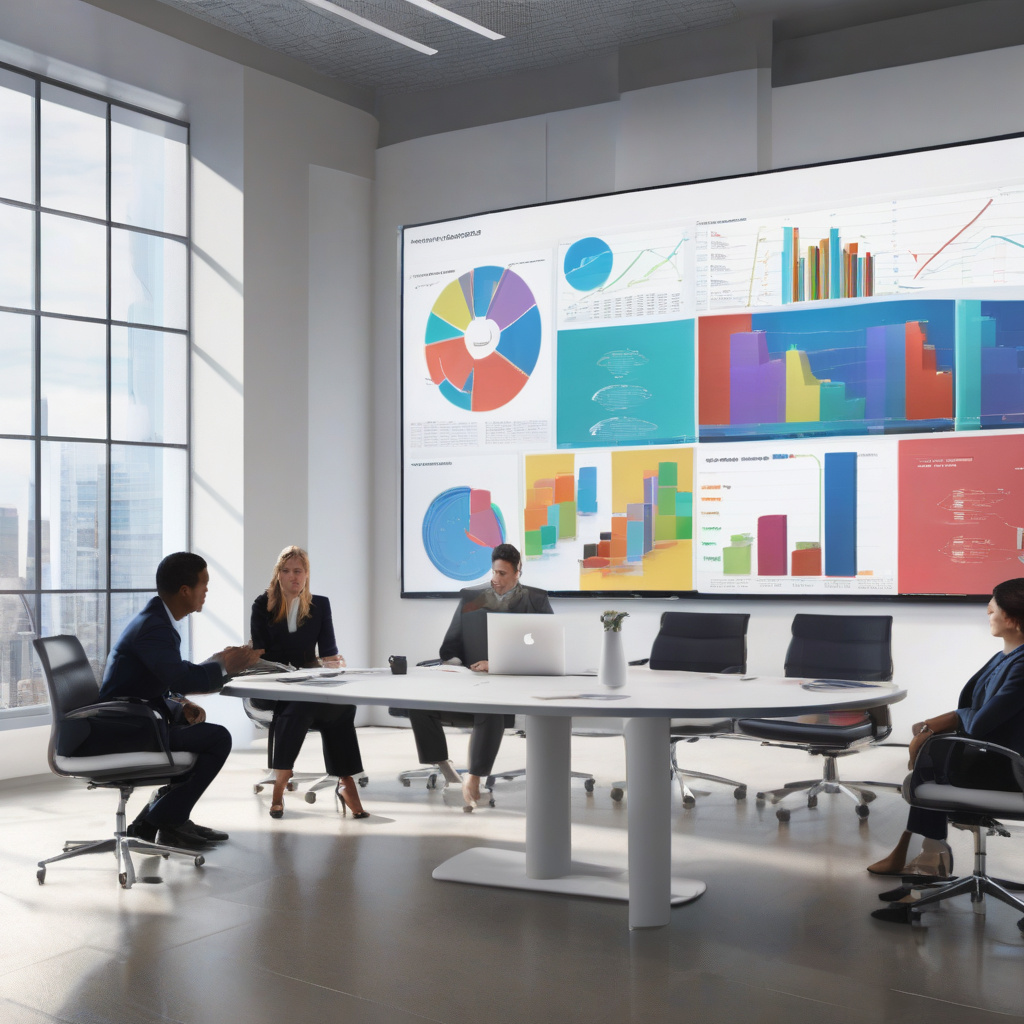In today’s fast-paced, data-driven world, the ability to interpret complex datasets effectively is crucial for businesses aiming to thrive. Data visualization stands out as a pivotal tool, turning raw data into actionable insights that empower organizations to make informed decisions, boosting operational efficiency and strategic planning. This article delves into the significance of advanced data visualization techniques in propelling business success, presenting valuable insights, examples, and best practices to help you harness the full potential of your data.
The Role of Data Visualization in Business
Data visualization serves as the vital link between raw data and decision-makers within an organization. By presenting data visually, it offers an intuitive comprehension of intricate datasets. Through visual representations, businesses can:
- Facilitate Understanding: Complex data sets can be challenging to grasp in their raw form. Visualization simplifies the data, making it easier for stakeholders to understand trends, patterns, and relationships.
- Spot Trends and Patterns: Visualizing data allows for the identification of trends and patterns that may not be apparent when looking at raw numbers. This can lead to valuable insights that drive strategic decision-making.
- Enable Quick Decision-Making: Visual representations of data enable faster decision-making processes as stakeholders can quickly interpret and act upon the insights gained from visualizations.
- Enhance Communication: Visualizations are powerful tools for communicating information effectively across different teams and departments within an organization. They provide a common language for discussing data-driven insights.
Advanced Techniques for Data Visualization
To truly leverage the power of data visualization for enhancing business decision-making, organizations should explore advanced techniques that go beyond basic charts and graphs. Some advanced data visualization techniques include:
- Interactive Dashboards: Interactive dashboards allow users to manipulate data, drill down into specific details, and extract insights in real-time. These dashboards enable users to customize their view of the data based on their needs.
- Geospatial Visualization: Geospatial visualization involves mapping data to geographic locations, providing valuable insights into regional trends, distribution patterns, and market opportunities.
- Predictive Analytics Visualization: By visualizing predictive analytics models, organizations can understand future trends and make data-driven decisions to stay ahead of the curve.
- Network Analysis: Network analysis visualizations help organizations understand relationships and connections within complex systems, such as social networks or organizational hierarchies.
Best Practices for Effective Data Visualization
To ensure that data visualization efforts yield meaningful results, organizations should adhere to best practices that enhance the effectiveness of visualizations. Some key best practices include:
- Know Your Audience: Tailor visualizations to the specific needs and preferences of your audience to ensure maximum impact and understanding.
- Simplify Complexity: Avoid cluttered visualizations that overwhelm viewers. Simplify complex data sets to highlight key insights effectively.
- Use the Right Visualization Tool: Select the appropriate visualization tool based on the type of data and the insights you aim to communicate. Different tools are better suited for specific data visualization needs.
- Tell a Story with Data: Build a narrative around your data visualizations to guide viewers through the insights and conclusions drawn from the data.
In conclusion, advanced data visualization techniques play a pivotal role in enhancing business decision-making by transforming raw data into actionable insights. By embracing advanced visualization techniques, organizations can unlock the full potential of their data, driving operational efficiency, strategic planning, and overall business success. Stay ahead of the curve by incorporating advanced data visualization practices into your organization’s decision-making processes.

